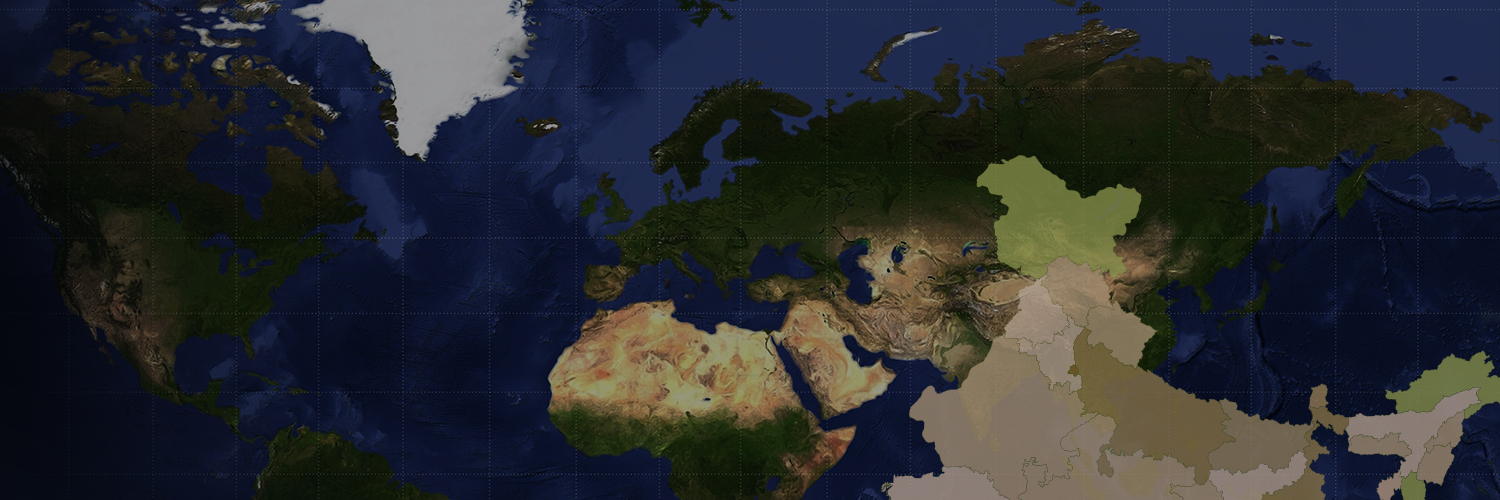Population is the total number of people living in a particular city, state or country. Census is an official record of population and is conducted periodically.
Population size and distribution:
India’s population size and distribution by numbers
- According to the census of March, 2011 the population of India reached 1210.6 million and accounted for 17.5% of the world population.
- Almost 50% Indians lived in Uttar Pradesh, Maharashtra, Bihar, West Bengal and Andhra Pradesh.
- Rajasthan, the largest state had 5.5% of the total population.
- Uttar Pradesh with a population of 199 million or 16% of the Indian population was the most populous state.
- Sikkim had 0.6 million and Lakshadweep had 64,429 people.
India’s Population Distribution by density
- Population density is calculated as the number of persons per unit area.
- In 2011, India had 382 people per square km of area.
Process of Population Change/ Growth
- The three main processes are:
- Birth rate: The number of live births per thousand persons in a year.
- Death rate: The number of deaths per thousand persons in a year.
- Migration: The movement of people across regions and territories
